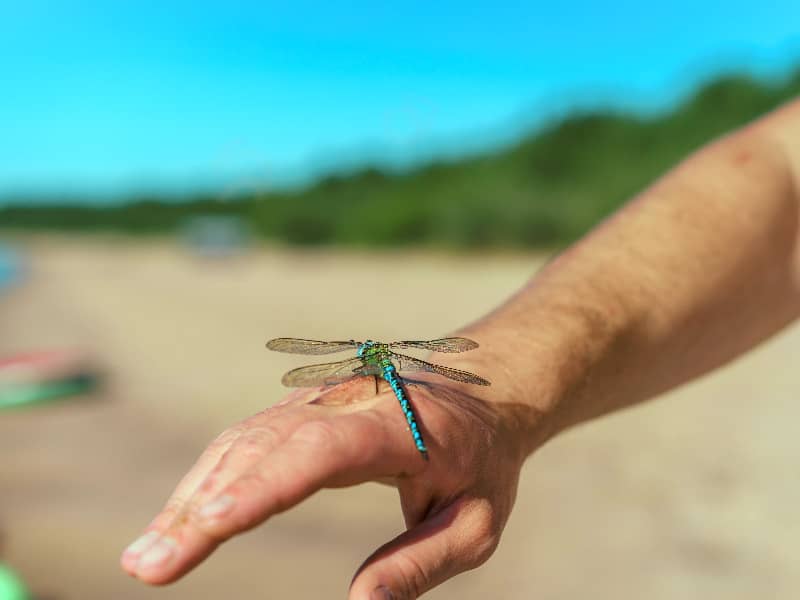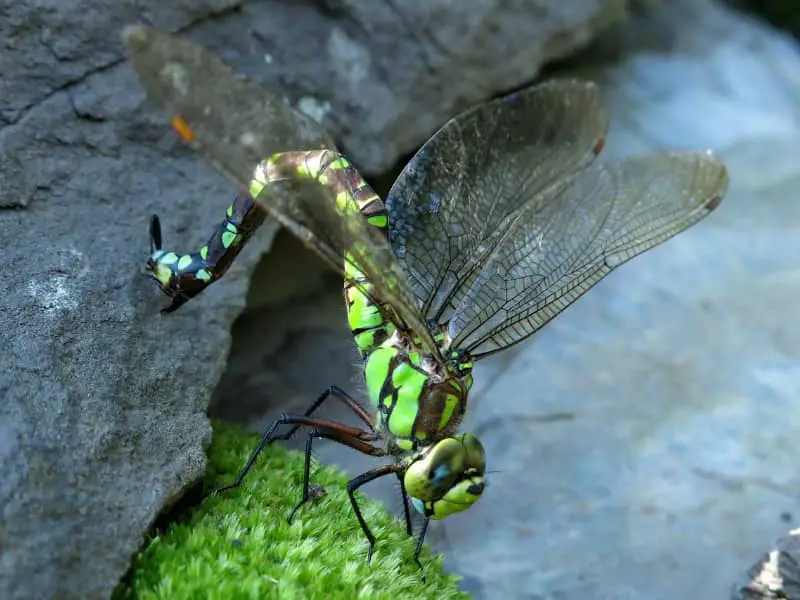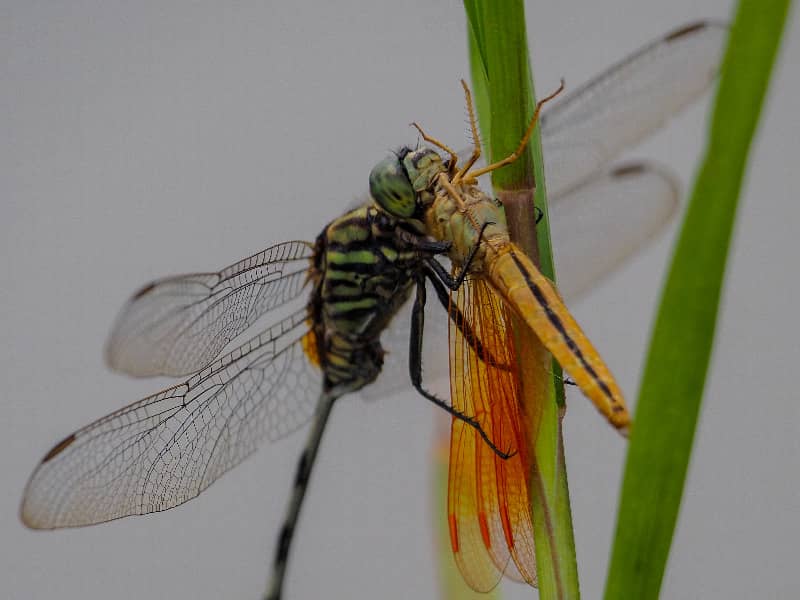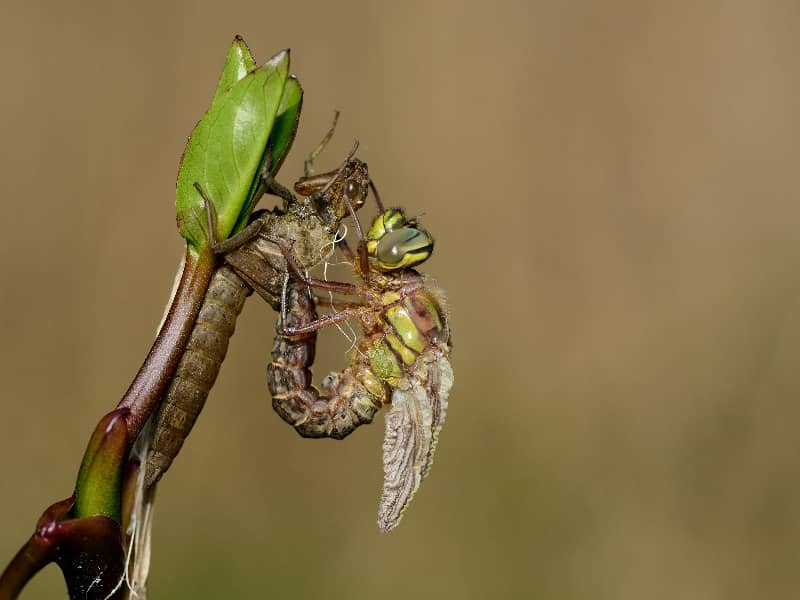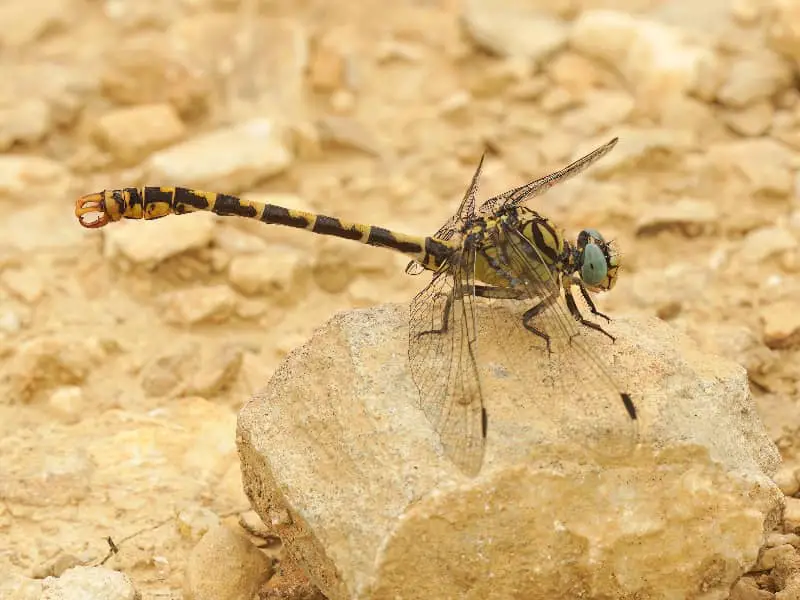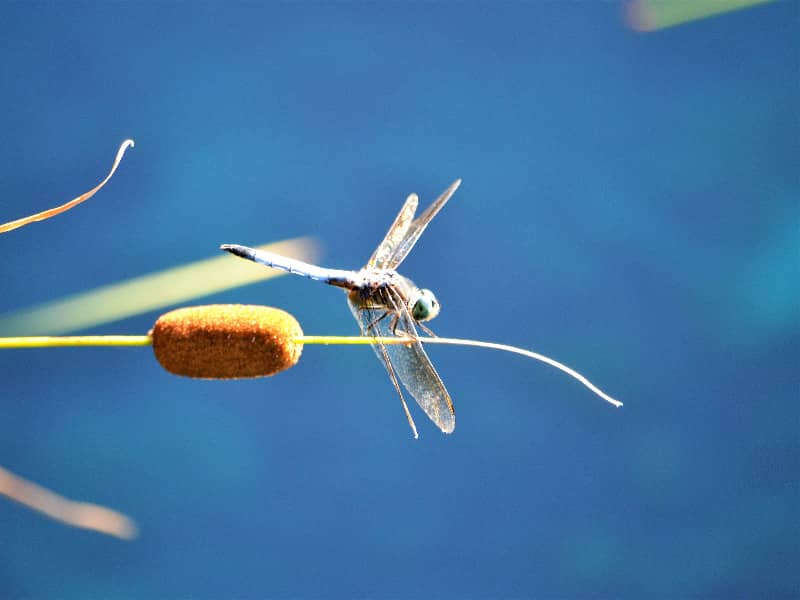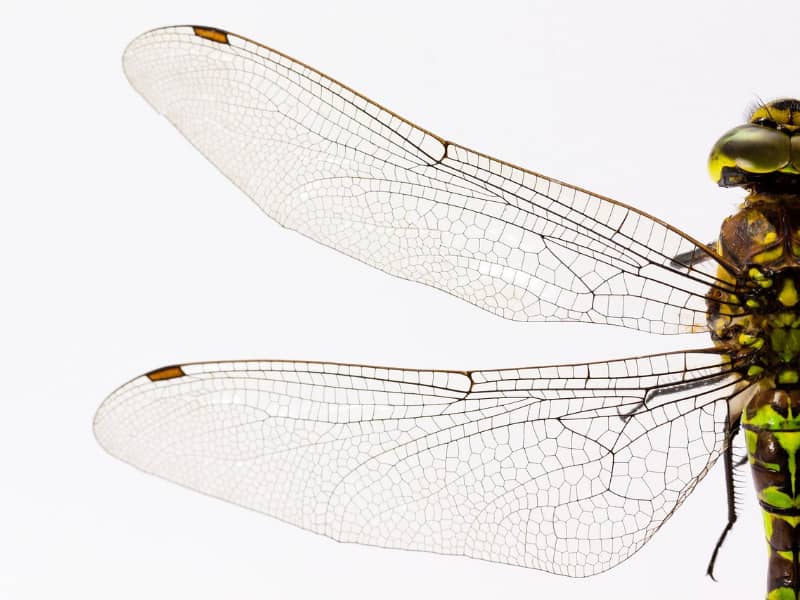
Dragonfly wings - wonders of nature
Dragonflies are fascinating creatures of nature, and one of their most remarkable features are their wings. The wings of a dragonfly are not only beautiful to look at, but also amazingly functional. In this article, we will take a closer look at dragonfly wings and explore the fascinating features and functions of these unique creations of nature.
- Dragonfly wings - wonders of nature
- Anatomy of the dragonfly wings
- Unique features of dragonfly wings
- How the dragonfly wings work
- Colors and patterns on the dragonfly wings
- Structural adaptations of the dragonfly wings
- How the dragonfly wings support flight
- The role of dragonfly wings in reproduction
- The regeneration of dragonfly wings
- Conclusion
- FAQ
Anatomy of the dragonfly wings
The wings of a dragonfly consist of a thin, transparent material known as the wing membrane. This membrane is criss-crossed with a multitude of veins known as wing veins. The arrangement of these veins is extremely complex and varies depending on the dragonfly species.
The wing membrane consists mainly of chitin, a strong and flexible material that is also found in the shells of insects. This unique material gives the dragonfly's wings their stability and elasticity, which enables them to withstand the extreme stresses of flying.
Unique features of dragonfly wings
The wings of dragonflies are known for their unique structure and unusual features. One remarkable feature is the transparency of the wing membrane. This allows dragonflies to make themselves almost invisible when hovering in the air. The transparency of the wing membrane is the result of a special microscopic structure that refracts light so that it reflects off the wings instead of passing through them.
Another remarkable feature of dragonfly wings is their lightness. Although the wings appear large and impressive, they are actually surprisingly light. This enables the dragonflies to move quickly and agilely in the air and hunt their prey.
How the dragonfly wings work
Dragonfly wings work in a unique and fascinating way. When a dragonfly flaps its wings, it creates turbulent air currents that generate the lift that enables it to hover in the air. The wings not only move up and down, but also forwards and backwards. This enables the dragonflies to fly in all directions and precisely control their flight path.
The wing movements of a dragonfly are extremely fast. Some species can flap their wings up to 30 times per second. These rapid wing beats generate enough lift to support the dragonfly's weight and give it impressive flying ability.
Colors and patterns on the dragonfly wings
The wings of dragonflies are not only transparent, but also decorated with beautiful colors and patterns. These colors and patterns serve various purposes, including camouflage, mating and communication.
Some dragonfly species have wings that blend perfectly with their surroundings, allowing them to hide from predators. Other species have striking wing patterns that serve to attract and impress potential mates.
The colors on the dragonfly wings are created by the presence of pigments produced in the wing cells. These pigments produce a wide range of colors, from bright blues and greens to warm reds.
Structural adaptations of the dragonfly wings
The structure of dragonfly wings is extremely efficient and optimized for flight. One of the most remarkable structural adaptations is the connection of the wing veins to the body of the dragonfly. This connection is extremely stable and enables the wings to withstand the stresses of flight without breaking.
Another important feature of the dragonfly wing structure is the transverse veins that divide the wing membrane into small sections. These cross veins give the wings additional stability and prevent the membrane from deforming too much during rapid wing beats.
The structure of dragonfly wings is also flexible, which allows the wings to adapt during movement and minimize deformation. This flexibility is crucial for the flight of dragonflies and allows them to move quickly and precisely in the air.
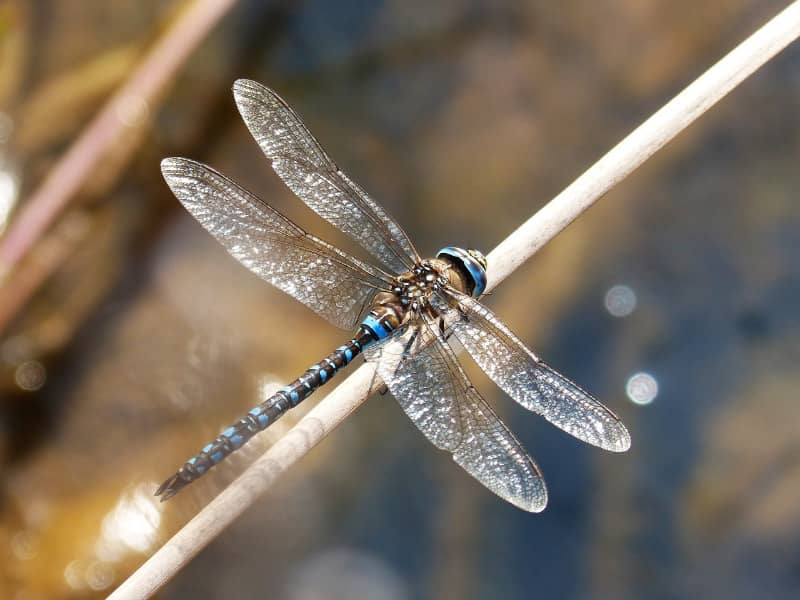
How the dragonfly wings support flight
The wings of dragonflies play a crucial role in the flight of these fascinating insects. The wings generate the lift that enables the dragonflies to hover in the air and fly. By flapping their wings, dragonflies create a vortex that influences the air currents around them and gives them lift.
The wings also serve as control elements that allow the dragonflies to control their flight path. By changing the position of their wings, dragonflies can adjust their speed, direction and height. This enables them to move precisely and track their prey.
The wings also serve as heat regulators for the dragonflies. By spreading their wings, dragonflies can regulate their body temperature by absorbing sunlight or releasing heat. This is particularly important for dragonflies as they are cold-blooded and their body temperature depends on their environment.
The role of dragonfly wings in reproduction
The wings of dragonflies also play an important role in reproduction. When mating, the males and females fly together in the air and form a mating wheel. During the flight, the males flap their wings to attract the females and attract their attention.
After mating, the females lay their eggs in water by sweeping their wings over the surface of the water. The wings serve as a shield that protects the eggs from predators and prevents them from sinking into the water.
The regeneration of dragonfly wings
A remarkable feature of dragonfly wings is their ability to regenerate. If a dragonfly's wing is damaged or broken, the dragonfly can grow a new wing. This regeneration process is amazing and allows dragonflies to recover from injury and continue to fly.
The regeneration of dragonfly wings begins with the formation of a growth cell at the edge of the damaged wing. This cell divides and develops into new wing cells that gradually spread over the damaged area. Over time, the new wing grows and completely replaces the damaged wing.
Wing regeneration is a slow process that can take several weeks. During this time, the dragonfly must be careful and protect its wings to ensure successful regeneration.
Conclusion
The wings of dragonflies are undoubtedly amazing creations of nature. Their unique structure, fascinating features and important functions make them true wonders of nature. Dragonfly wings are not only beautiful to look at, but also extremely functional, enabling dragonflies to hover, fly and survive in the air.
The next time you see a dragonfly, take a moment to look at its wings and appreciate the beauty and complexity they embody. Dragonfly wings are an amazing example of how nature never ceases to amaze us with its diversity and perfection.
FAQ
Question: Can dragonfly wings break? Response: The dragonfly wings are amazingly stable and can withstand the stresses of flying without breaking. However, they are not indestructible and can be damaged in the event of strong collisions or injuries.
Question: How fast can dragonfly wings beat? Response: The wing movements of a dragonfly are extremely fast. Some species can flap their wings up to 30 times per second, which gives them an impressive ability to fly.
Question: Can dragonflies move their wings? Response: Yes, dragonflies can move their wings and control their flight path. By changing the position of their wings, they can adjust their speed, direction and height.
Question: How long does it take for a new dragonfly wing to grow completely? Response: The regeneration of a new dragonfly wing can take several weeks, as the process of cell division and growth takes time. During this time, the dragonfly must rest its wings to ensure successful regeneration.
Author
Last posts
- 15. March 2024ChickensRobuster Kunststoffzaun für Hühner – Tipps
- 13 October 2023DragonfliesBlue feather damselfly
- 12 October 2023DragonfliesYellow dragonfly - What are the species?
- 12 October 2023DragonfliesEarly Adonis Damselfly

